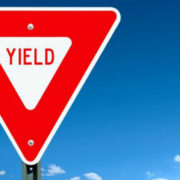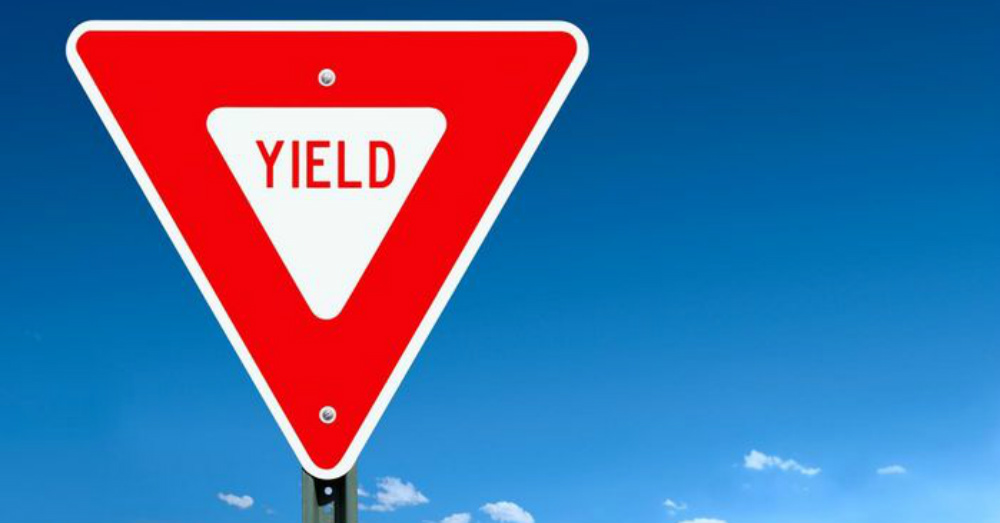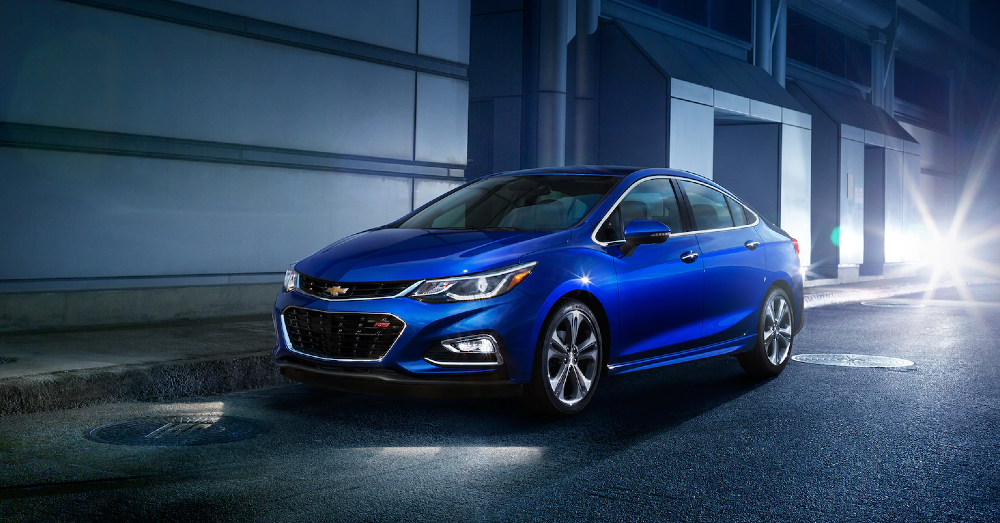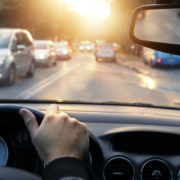Recently, while traveling in light to moderate traffic on a major roadway in my city, I noticed a man coming down the entrance ramp to the highway. He was driving a large white pickup truck, in comparison to my relatively smaller car, and he was gesticulating wildly. That’s right, his arms were flailing out his driver side window, and he was motioning for me to get into the lane next to me. As a courteous driver, I’d already looked to see if I could enter the next lane over without grievous injury and had determined that I couldn’t.This man, however, was directing me to get out of his way, as he had no intention of slowing down in his pursuit of entering the highway. I was left with two choices; be sideswiped or slam onmy brakes. I chose the latter.
In the process of my near collision, I checked the driver’s license plate and the state from which it was issued, as I’ve been involved in this debate many times. I was unsurprised to see the state from which he hailed, and found myself become angry at the state itself. While not a hard and fast rule, there is little more polarizing betwixt Northern state drivers and Southern state drivers on the East Coast than the humble yield sign and its meaning.
By definition, in accordance with a reputable dictionary, yield means to give up, give over to, or relinquish. That means that the people without the yield sign in their direct line of sight have the right of way, and if this phrase causes confusion, it means it’s their turn,they get to proceed without the threat of injury, and they’re the ones in charge in the situation. It does not mean, however, that you get to barrel out into traffic and risk their lives, or your own. It also does not mean that the driver must get into the lane furthest from where you’re entering the highway.
When entering the highway, you have a reasonable belief that you’re going to have to slow down before entering traffic. You may even have to stop, and wait for traffic to proceed past you. While it is considered polite, if you’re not subjected to the yield sign and you see a line of cars attempting to enter the highway and your movement is unfettered, to move over, it’s not a law. A yield sign, however, is a law, and it should be followed.
So here’s the thing, when you’re driving and you see a yield sign approaching, check your surrounding and ensure you’re free to proceed before doing so. Too many accidents are happening on the roads simply because people expect cars to get out of their way, and sometimes that isn’t practical or safe. It is your responsibility to make sure it is open for you to proceed before doing so, despite what practices are considered to be polite.
Now, if you’re traveling on the highway and you’re approaching a ramp from which people are entering, get over if you can. Don’t be a jerk. By getting over, you’re eliminating the dangerous dance of merging into heavy traffic. You’re ridding yourself of the hassle of a potential accident, or pesky traffic jams and you’re beinga nice person. You’re being a respectful driver. This is not to say that a driver should have to try, at all costs, to clear the lane; that’s the purpose for which a yield sign is intended, but if you can get over, go ahead and do it.
Traffic rules are very often confused with courtesy on the roads, and the two should be cemented, pretty firmly in their own camp. For sure, there are specific things we do for other drivers that are well respected and time honored, but this does not include strong-arming your way into traffic because you can’t understand the meaning of a street sign. Of course, we let people in when we can, we use ourturn signals to indicate a lane change, and occasionally we’ll even let people pass us if we’re feeling a little bit pokey. The best way to end aggressive driving on our highways is to learn the difference between laws and common courtesy and abide by each accordingly.





